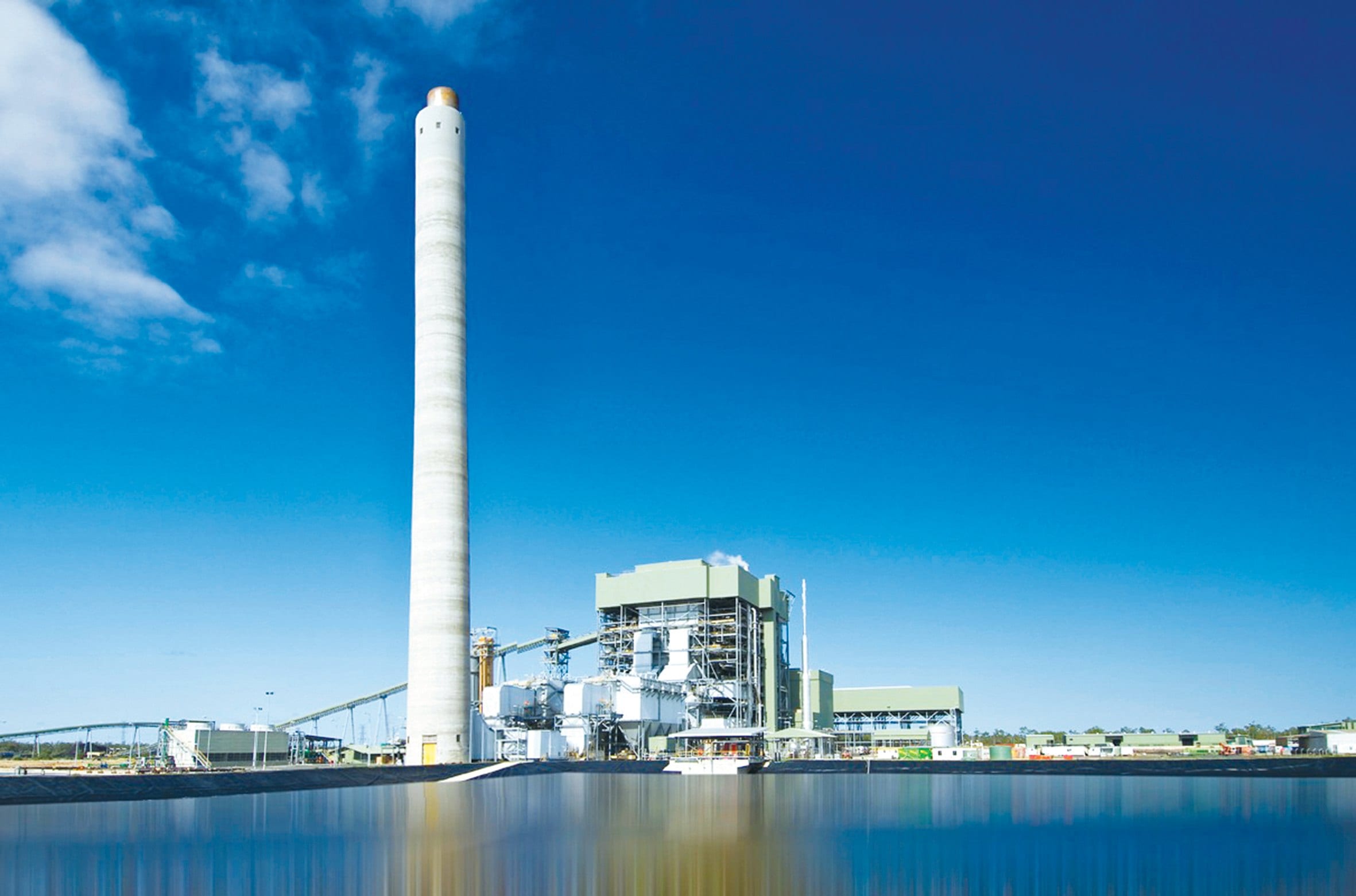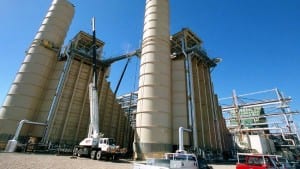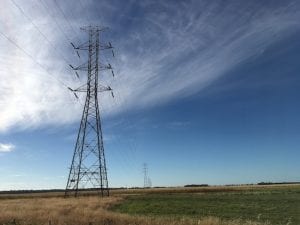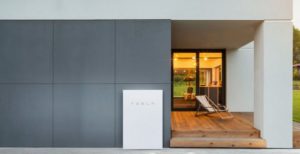The Queensland government earlier this week was boasting of yet another large wind farm deal – this time for the 230MW Banana Range project near Gladstone – saying it took the number of committed wind and solar projects in the state to more than 50.
The problem is, despite the state Labor government’s 50 per cent renewable energy target for 2030, the rollout of wind and solar in the deep north has been way too slow.
Queensland has the lowest share of renewables than any other state on the main grid. It stands at just 20 per cent over the last 12 months, compared to 25 per cent in NSW, 35 per cent in Victoria, and nearly 65 per cent in South Australia. Tasmania is at 100 per cent.
And because of its dependence on coal and gas, Queensland is the most exposed to the global surge in fossil fuel prices, and consumers are about to pay dearly for the surge in wholesale electricity prices that are being directly sheeted home to the cost of coal and gas generation.
The Australian Energy Market Operator has been pointing to the “north-side” divide on electricity prices – the premium paid for power in NSW and Queensland because of their deeper reliance on coal and gas, and the lower prices in the southern states that enjoy more renewables.
NSW has a plan to address that issue, and has put in place a detailed transition program to ensure it has enough wind, solar and storage to replace most, if not all, of the coal plants that are expected to close in the next decade. Queensland has a target (50 per cent by 2030), but no plan.
The Australian Energy Regulator has now reinforced the existence of this north-side divide, pointing out in its newly released quarterly analysis of the wholesale market that prices in Queensland quadrupled in the March quarter to an average of $171/MWh.
The AER says they nearly doubled again to an average of $283/MWh in the period from April 1 up to May 15, and market data shows that prices have increased further since then.
Why would that be? The AER has the answer.
Black coal and gas generators have dominated the price setting in the market, it says. The price set by coal generators has jumped by 50 per cent from the same quarter a year ago to an average $114/MWh, and the price set by gas generators has jumped 10-fold to an average of $370/MWh.

That is a staggering figure. Even the hydro generators got greedy in the new market conditions and bumped up their asking price to a record average $152/MWh.
Only wind and solar offered any moderation, but the state doesn’t have enough of these generators, despite record wind and solar output in the first quarter, and they rarely get to set the price (see table above).
The problems with the price surge in coal and gas in Queensland are compounded by regular outages. The Callide C coal generator that blew up last year is still being repaired – unbelievably, replaced by a new coal unit – while, irony of ironies, the extraordinary weather is also playing havoc with coal supplies.
The AER says flooding in southern Queensland and northern NSW may be contributing to higher priced offers. As an example, it notes how trucks were required to cart coal from the Callide mine to the Millmerran power station to address a supply shortage of coal.
On top of that, Queensland has become a net importer for the first time, because prices were lower south of the border.
The final irony? Queensland – despite the extraordinary results of the Greens in inner city Brisbane, where they might have captured up to three seats from the LNP and Labor – is home to most of the climate deniers and technology troglodytes in the LNP that have held Australia’s energy and climate policy to ransom for the past decade and more.
If Queensland businesses and households want to know who to thank for the surging power bills and the appalling state of the electricity market, they won’t have to look far, because the LNP is still calling for new coal-fired generators and smearing their faces in coal dust.
Which is not to say that state Labor should be excused. They’ve been way to complacent and too slow to act, and too focused on press announcements and photos than actually getting stuff done.










